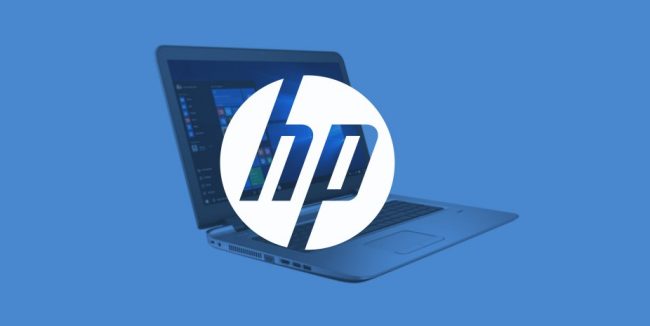Author: edfu777 [AT] hotmail [DOT] com (Nick Farrell) Fudzilla.com – Home
We will trust the telcos and ISPs not to be naughty
Details of the US internet watchdog’s net neutrality policy seem to indicate that the Federal Communications Commission does not understand what its role in the universe is.
While most people are terrified that ISPs will charge them an arm and a leg in a two-tiered internet the FCC claims it has a cunning plan which will protect consumers. And it is a plan so cunning that it could have been invented by a convention on cunning attended by the world’s most cunning professors of cunning.
According to a draft memorandum of understanding (MOU), the FCC and FTC described how the two watchdogs would work together. However the method they will use to police the ISPs is not to do anything and trust ISPs to keep their promises not to make huge profits by blocking or throttling Internet traffic.
ISPs will be free to do whatever they want—unless they make specific promises to avoid engaging in particular types of anti-competitive or anti-consumer behaviour. So if they don’t make any net neutrality promises and break them, the FTC will leave them alone.
When companies make promises and break them, the FTC can punish them for deceiving consumers.
That’s what FCC Chairman Ajit Pai and Acting FTC Chair Maureen Ohlhausen are counting on.
“Instead of saddling the Internet with heavy-handed regulations, we will work together to take targeted action against bad actors,” Pai said in a joint announcement with the FTC today.
FCC Commissioner Mignon Clyburn, a Democrat who opposes the net neutrality repeal, is not impressed. She gave this statement to Ars:
“The agreement announced today between the FCC and FTC is a confusing, lacklustre, reactionary afterthought: an attempt to paper over weaknesses in the Chairman’s draft proposal repealing the FCC’s 2015 net neutrality rules. Two years ago, the FCC signed a much broader pro-consumer agreement with the FTC that already covers this issue. There is no reason to do this again other than as a smoke-and-mirrors PR stunt, distracting from the FCC’s planned destruction of net neutrality protections later this week.”
Democratic Commissioner Jessica Rosenworcel agreed. FTC enforcement is no substitute for strict rules against blocking, throttling, and discrimination, she said. “Plus, FTC enforcement would happen long after the fact—many months, if not years, after consumers and businesses have been harmed,” she said in a statement to Ars. “This is why the FCC must not relinquish its authority and, more importantly, its responsibility, to the public interest.”
Pai’s approach essentially lets ISPs pick and choose which net neutrality guidelines, if any, they want to follow. The just can’t make any promises.
This might be the reason that Comcast deleted a “no paid prioritisation” pledge from its net neutrality webpage on the very same day that Pai announced his plan to repeal net neutrality rules, as we previously reported.
Ohlhausen confirmed again today that FTC jurisdiction hinges on those ISPs’ promises. This leaves open the possibility that ISPs could change guarantees related to blocking or throttling.
If only there were a watchdog to protect ordinary people from the stupidity of watchdogs.




